„Shamanviolin“ von Tuomas Rounakari (veröffentlicht 2009)

(English version below)
Vor einiger Zeit habe ich euch das Album „Bear Awakener“ von Tuomas Rounakari vorgestellt.
Bei „Bear Awakener“ geht es um den erwachenden Bären, der für die indigenen Völker Sibiriens von großer Bedeutung ist und in diesen Liedern gefeiert wird. Diese indigenen Völker sind eng mit den Finnen verwandt. Daher gibt es viele Berührungspunkte und Gemeinsamkeiten: in der Musik, bei (Lebens-) Themen und Texten.
Heute möchte ich euch das Album vorstellen, das für Tuomas Rounakari sowohl Ergebnis als auch Grundlage für eine vielschichtige Auseinandersetzung mit dieser Musik ist.
Shamanviolin
„Shamanviolin“ ist bereits 2009 erschienen. Es ist – nicht nur, weil es mich immer wieder neu fesselt – ein besonderes Album.
Auf „Shamanviolin“ spielt Tuomas Rounakari Lieder, die aus schamanischen Liedern sibirischer indigener Völker hervorgegangen sind.
Historische Aufnahmen als Ausgangspunkt
Das Album hat eine ungewöhnliche Entstehungsgeschichte. Tuomas ist ja nicht nur Violinist bei KORPIKLAANI, sondern spielt auch Konzerte mit der Musik von „Shamanviolin“ und „Bear Awakener“.
Außerdem ist er Musikethnologe. Sein Interesse an der Musik der Khanty und seine Forschungen sind die Verbindung und Brücke zu der Musik der sibirischen Völker. Er hatte die Musik der Khanty kennengelernt und dann erfahren, dass noch Wachszylinder-Aufnahmen aus den Jahren 1911-1914 existieren. Er hat sich auf die Suche gemacht und schließlich Kopien von 32 dieser alten Aufnahmen erhalten.
Sie sind die Basis von „Shamanviolin“.
Tuomas sagt dazu:
Ich habe mir die Lieder wieder und wieder angehört. Dann realisierte ich, dass ich schamanische Gesänge höre. Und damit meine ich nicht Lieder, die in Ritualen gesungen werden. Diese Lieder, diese Sänger hatten Ausdruck und Erfahrung. Ich spürte, dass ich beim Hören dieser Lieder etwas lernen konnte.
Über die Entstehung könnt ihr mehr im Interview erfahren, das morgen hier auf metal-heads.de veröffentlicht wird.
Sich der Musik nähern
Als ich die Lieder zum ersten Mal gehört habe, hatte ich sofort Bilder im Kopf. Und einige der Bilder stimmten tatsächlich mit den Titeln der Lieder überein. Ohne viel zu verraten: es gibt Titel wie „Whale Dance“, „Bear Feast Song“, „Mosquito Dance“ und „Husky-Sledge Song“, bei dem der Klang von Glöckchen die Violine begleitet.

Das erste Lied des Albums ist „Langetus“. Es hat mich von Anfang an begeistert und festgehalten. Schon die ersten Sekunden sind voller Energie. Als wenn sich etwas, das lange Zeit geschlummert hat, einen Weg nach außen gesucht hat. Und diesen in der Violine und dem Ausdruck durch Tuomas‘ Spiel gefunden hat.
Die Klänge und Tonfolgen sprechen Bekanntes an, sind aber gleichzeitig neu und ungewohnt. Und dies ist der Eindruck, der sich durch das Album zieht.
Und alle Lieder haben etwas Eindringliches und Elementares. Es ist erstaunlich, welche Klänge mit nur einem Instrument, dem Rhythmus durch einen Schellenkranz am Fuß und Lauten, die aber nie zu einem Gesang werden, wie wir ihn gewohnt sind, möglich ist.
In dieser Reduzierung ist die Musik dennoch intensiv, kraftvoll und berührend. Sie drückt die gesamte Bandbreite an Emotionen aus. Vielleicht mag ich dieses Album daher so sehr. Die Schwere von Trauer und Wut hat hier ebenso Raum wie die Leichtigkeit der Freude und der Zuversicht.
Und immer spürt man den erzählerischen Charakter, Scherze und Andeutungen. Es bleibt auch nach mehrmaligem Hören spannend.
Wenn außer der Musik nichts mehr existiert
Tuomas Rounakari hat mit der Musik eine Möglichkeit gefunden und an uns weitergegeben, mit einer anderen Kultur, anderen Erfahrungen in einen Dialog zu gehen. Er hat den Wurzeln, der Essenz der Musik nachspürt und sein Verständnis davon ausgedrückt.
Für ihn persönlich haben diese Lieder dazu beigetragen, dass er etwas verstehen konnte, das er als Kind erlebte, wenn er auf der Bühne stand. Nachdem er sich intensiv mit den Liedern, die auf den Wachszylindern zu hören waren, auseinandergesetzt hatte, entwickelte er aus den Rhythmen und den musikalischen Ideen seine eigenen Melodien. Als er sie spielte, kam er wieder in einen Trance-Zustand, in dem außer der Musik nichts existierte.
Als ich spielte, verschwanden der Raum und mein Körper und ich erlebte diesen Zustand, den ich als Kinder erlebt hatte, zum ersten Mal seit langer Zeit wieder.
Diese Versunkenheit in Musik, die Momente, in denen nur noch die Musik existiert, kann man auch mit jeder anderen Musik erleben. Das ist sicher auch einer der Gründe, weshalb wir Musik hören oder spielen.
Wie mitreißend die Lieder sein können, zeigt auch folgendes Video. Tuomas spielt das Lied „Hiisi“ in einer Show mit KORPIKLAANI in Tōkyō
Mehr zu Tuomas findet ihr HIER
Some time ago I introduced you to the album „Bear Awakener“ by Tuomas Rounakari.
„Bear Awakener“ is about the awakening bear, which is of great importance for the indigenous peoples of Siberia and is celebrated in these songs. These indigenous peoples are closely related to the Finns. Therefore, there are many points of contact and similarities: in music, (life) themes and lyrics.
Today I would like to introduce you to the album that for Tuomas Rounakari is both the result and the basis for a multi-layered exploration of this music.
Shamanviolin
„Shamanviolin“ was released back in 2009. It is – not only because it always captivates me anew – a special album.
On „Shamanviolin“ Tuomas Rounakari plays songs that originated from shamanic songs of Siberian indigenous peoples.
Historical recordings as a starting point
The album has an unusual history of development. Tuomas is not only a violinist with KORPIKLAANI, but also plays concerts with the music of „Shamanviolin“ and „Bear Awakener“. He is also an ethnomusicologist. His interest in the music of the Khanty and his researches are the connection and bridge to the music of the Siberian peoples.
He had learned about the music of the Khanty and then learned that wax cylinder recordings from 1911-1914 still existed. He went in search of them and finally obtained copies of 32 of these old recordings.
They are the basis of „Shamanviolin“.
Tuomas says: „I listened to the songs again and again. Then I realized that I was listening to shamanic songs. And I don’t mean songs that are sung in rituals. These songs, these singers had expression and experience. I felt that I could learn something listening to these songs.“
You can learn more about the creation in the interview I did with Tuomas a few weeks ago and which will be published tomorrow here on metal-heads.de
Approaching the music
When I first heard the songs, I immediately had images in my head. And some of the images actually matched the titles of the songs.
Without giving too much away, there are titles like „Whale Dance“, „Bear Feast Song“, „Mosquito Dance“ and „Husky-Sledge Song“, where the sound of bells accompanies the violin.
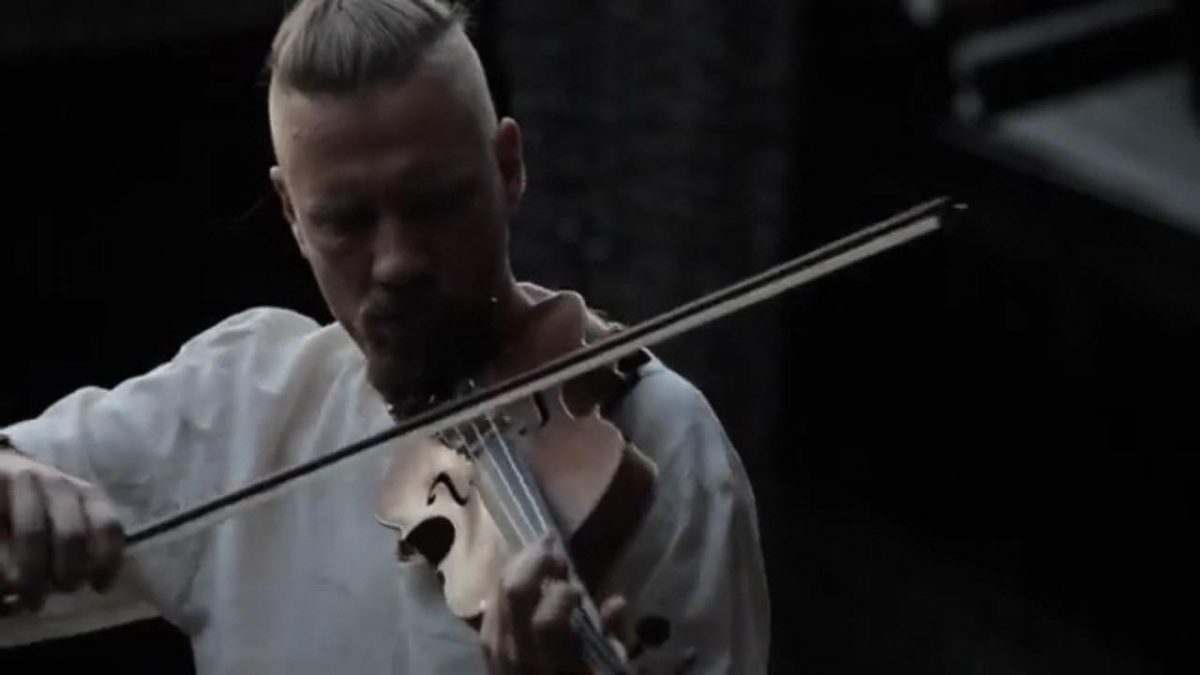
The first song on the album is „Langetus“. It excited me and held me from the very beginning. Even the first few seconds are full of energy. As if something that has been dormant for a long time has sought a way out. And found it in the violin and the expression through Tuomas‘ playing.
The sounds and tone sequences speak to the familiar, but at the same time are new and unfamiliar. And this is the impression that runs through the album.
And all the songs have something haunting and elemental. It is amazing what sounds are possible with only one instrument, the rhythm by a ring of bells on the foot and lutes, which, however, never become a chant as we are used to.
In this reduction, the music is nevertheless intense, powerful and touching. It expresses the full range of emotions. Maybe that’s why I like this album so much. The heaviness of sadness and anger has as much room here as the lightness of joy and confidence.
And always you can feel the narrative character, jokes and hints. It remains exciting even after repeated listening.
When nothing exists except the music
Tuomas Rounakari has found and passed on to us through music a way to enter into dialogue with another culture, other experiences. He has traced the roots, the essence of music and expressed his understanding of it.
For him personally, these songs helped him understand something he experienced as a child when he was on stage. After intensely studying the songs that could be heard on the wax cylinders, he developed his own melodies from the rhythms and musical ideas. When he played them, he again entered a trance state in which nothing existed except the music.
Tuomas: „When I played, the room and my body disappeared and I experienced that state I had experienced as a child for the first time in a long time.“ (read more in the interview)
This immersion in music, the moments when only the music exists, can also be experienced with any other music. That is certainly one of the reasons why we listen to or play music.
The following video shows how rousing the songs can be. Tuomas plays the song „Hiisi“ in a show with KORPIKLAANI in Tōkyō
NEWSLETTER. FREITAGS. KOSTENLOS.
Bildquellen
- tuomas rounakari shamanviolin 2023: Tuomas Rounakari

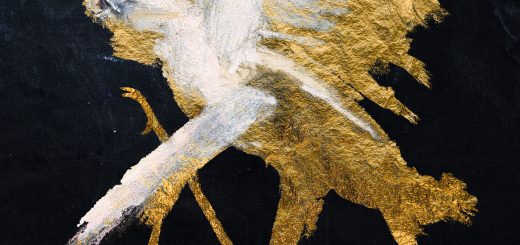

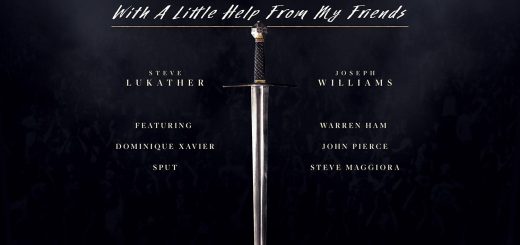
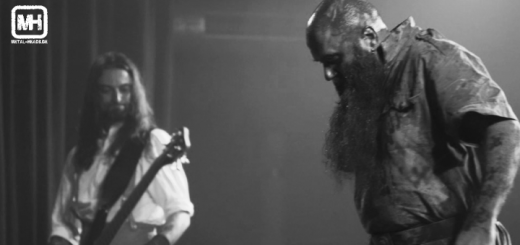


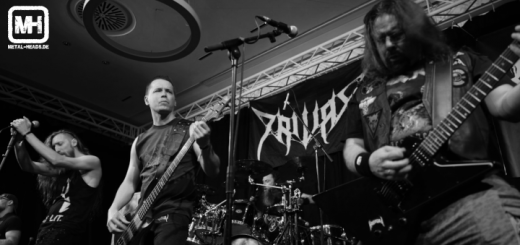
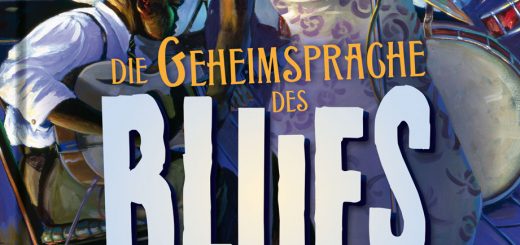


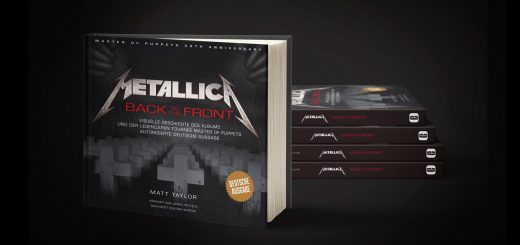

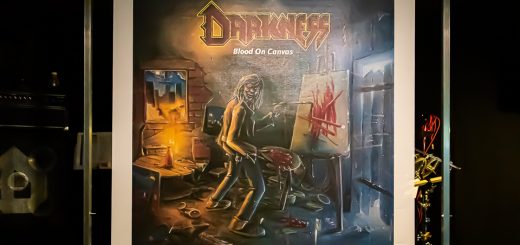
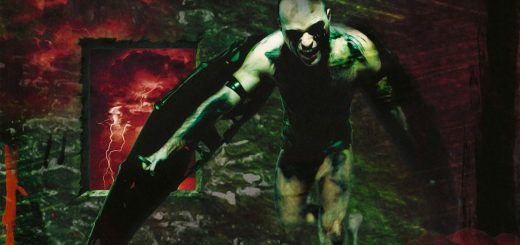











Neueste Kommentare